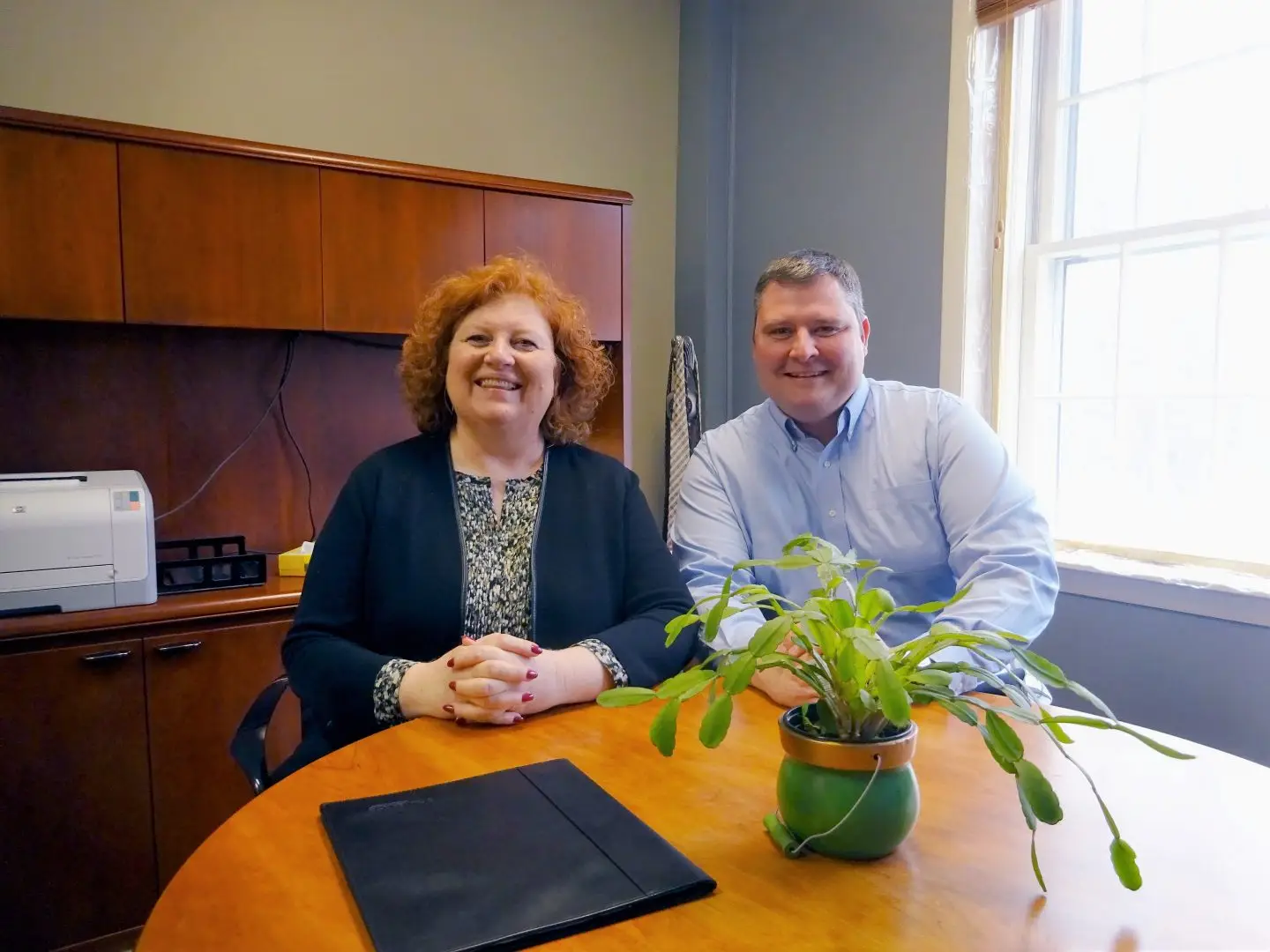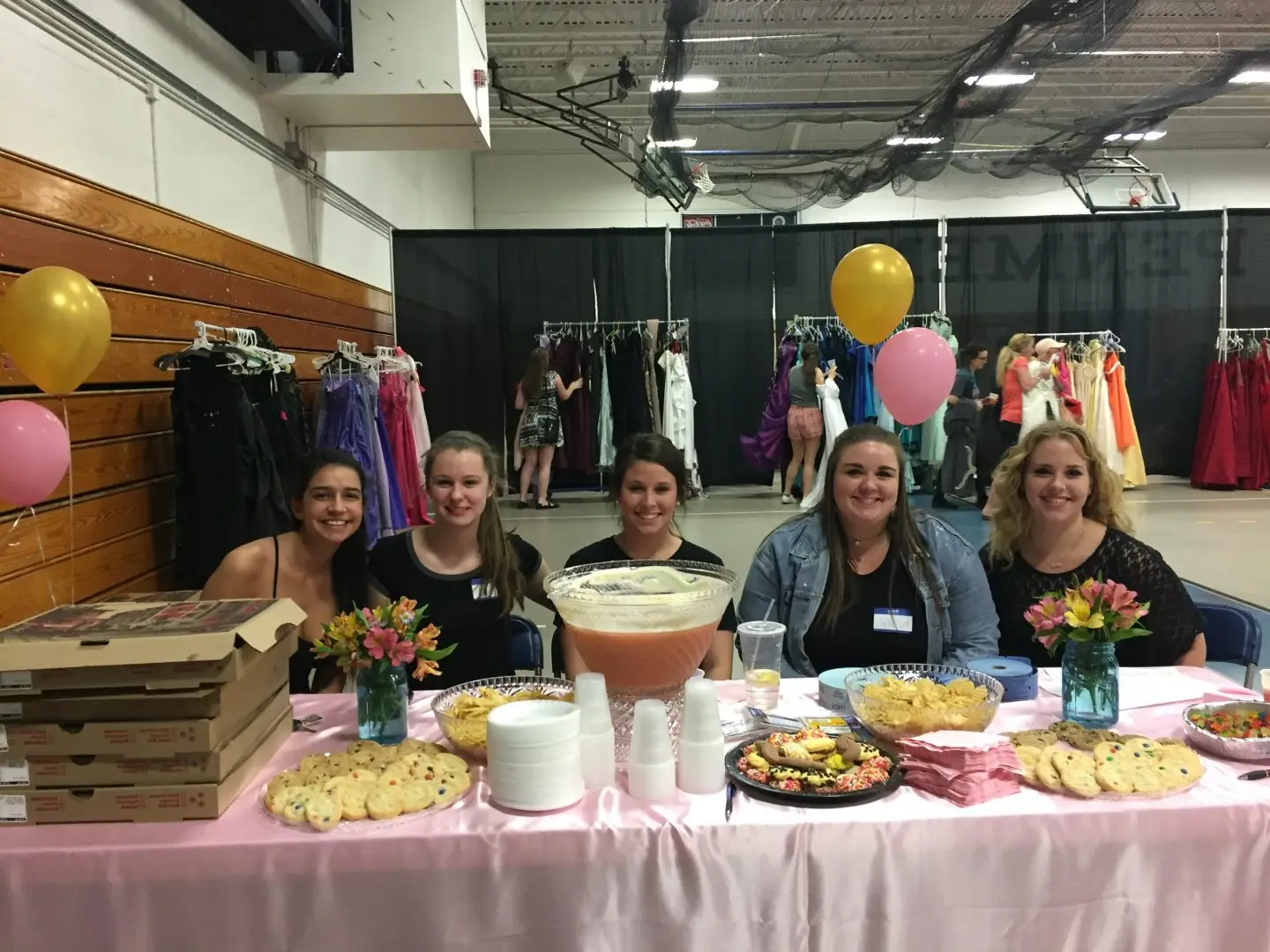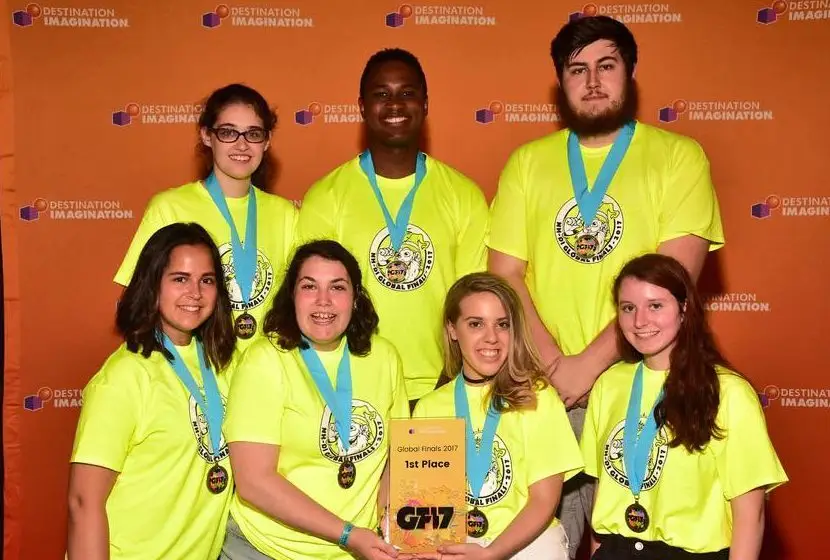The February 16 deadline for Undergraduate Research Day is fast approaching. It’s not too late to submit a 100 to 250-word proposal.
Undergraduate Research Day is an annual opportunity for students to delve into a topic of interest deeper than normal coursework allows. Students are able to present their findings and showcase their critical thinking and presentation skills. Students are able to present a wide range of research organized into topics such as Humanities/Art and Social Sciences, Business, Education, Science Technology Engineering Math (STEM) and Community-based Research (CBR).
Students are encouraged to participate to benefit their own academic growth and resumes. A journal is published every year with the best submissions. If that isn’t enough, there are also plaques and $1,800 total in cash prizes up for grabs. A winner is selected in each category. “It’s very important for students to have an experience being immersed in the research process,” said Dr. Eklou Amendah, a professor at Southern New Hampshire University (SNHU) and organizer of the event. Research done in other classes is also fair game.
“The capstone of English 200 is a ten-page research paper with an oral presentation,” said Tyler Leighton, a SNHU student and assistant in organizing the event. “We’re encouraging students to bring in the work they’ve done.” Students are able to see that their research has a real impact. The Munchiez food truck, for example, started out as a research topic under the CBR category. It was later implemented on campus. CBR projects are intended to be tangible and action-oriented; they are of immediate use. One such project focuses on rain gardens in cities. “[The student researcher is] taking models of Boston and New York City and trying to apply them to Manchester,” Amendah said. “Last year, there was a group of students that looked at the movement of Syrian refugees across Europe,” Dr. Amendah said, speaking of STEM projects. “[The students] mapped their movement using regression analysis through different countries. The idea was to find… which country would be an appropriate final destination.”
A project from the same math class covered the heroin epidemic here in N.H. Presentations can take
three different forms: a formal oral presentation, a poster, or a work-in-progress discussion. The formal oral presentation is ten minutes and are usually done in groups of four or five students, though often single students take on the task. These are done in front of an audience of peers and judged by a group of professors.
The posters are done all at once in a large venue and crowds are free to roam around and check them out at their leisure. These can be either finished projects or work-in-progress pieces focusing on the methodology of the research and the questions proposed.
The work in-progress projects are done privately in groups. Here students can bring their work so far and get feedback of how to continue their research. This year, Undergraduate Research Day is particularly exciting because the event has been opened up to regional universities including UNH Manchester, Saint Anselm College, Franklin Pierce University, and Plymouth State University. Interested students looking for additional information should contact Dr. Amendah at e.amendah@snhu.edu orugresearch@snhu.edu.
In order to apply, a student only needs to submit the aforementioned proposal to snhu.qualtrics.com/SE/?SID=SV_6hDy9e9ZQUrrrA9.




